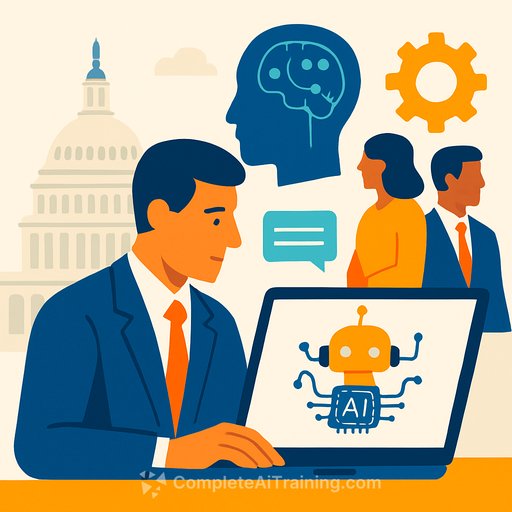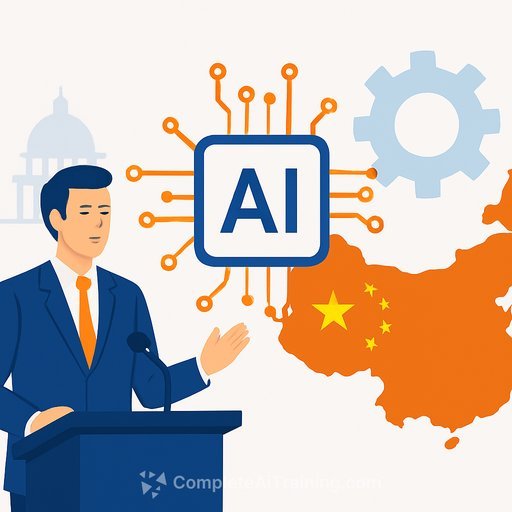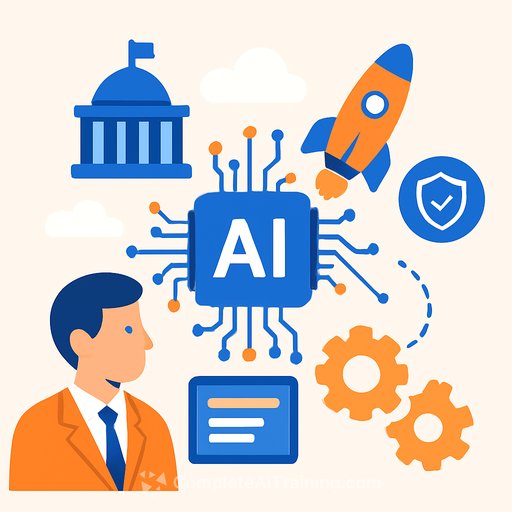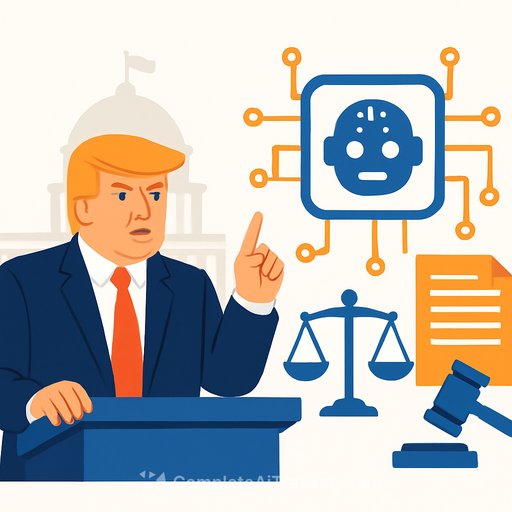GDIT’s Dave Vennergrund Discusses AI Adoption in Government to Meet Mission Needs
AI Use in Government
Artificial intelligence is making its way into more government agencies, but Dave Vennergrund, Vice President of the AI Center of Excellence at General Dynamics Information Technology (GDIT), stresses that AI must serve federal missions directly. Agencies are eager to leverage AI for faster insights and improved analysis, but effective use depends on aligning technology with mission goals.
According to a 2024 White House report, there are 1,757 public AI applications across 37 federal agencies. For example, the Department of Defense is modernizing its global communications and enabling warfighters to make data-driven decisions using enhanced predictive analytics. The Centers for Medicare and Medicaid Services employs AI-powered fraud detection to reduce waste and protect program integrity, saving over $1 billion annually.
The Department of Veterans Affairs uses AI that reads electronic and handwritten medical records to recommend disability benefits. The Federal Aviation Administration applies AI to update flight safety maps and restrict drone operations in sensitive areas. These examples highlight how AI is already supporting critical government functions.
Best Practices for AI Adoption
Vennergrund outlines several best practices agencies should follow to ensure AI advances their specific objectives:
- Develop Risk Management Frameworks: Agencies must create frameworks that comply with the Office of Management and Budget (OMB) or relevant internal guidelines.
- Preserve Data Integrity and Privacy: Protecting data quality and privacy is essential for trustworthy AI outcomes.
- Define Clear Use Cases: Identify the problem before selecting AI tools. Traditional AI methods may fit some tasks better, while generative AI suits others.
- Monitor the AI Landscape: AI capabilities double roughly every seven months, so staying informed on technical developments is critical.
- Train the Workforce: Equip staff with the skills to use AI ethically, effectively, and safely.
- Engage End Users Regularly: Continuous feedback ensures AI solutions meet intended goals.
- Integrate Seamlessly: AI must fit smoothly into existing systems and workflows to deliver real value.
Following these guidelines helps agencies avoid common pitfalls and maximize AI’s impact on mission success.
For government professionals looking to build AI skills and adopt best practices, exploring targeted training can be valuable. Resources like Complete AI Training’s latest courses offer practical guidance on AI applications and governance.
Your membership also unlocks:






